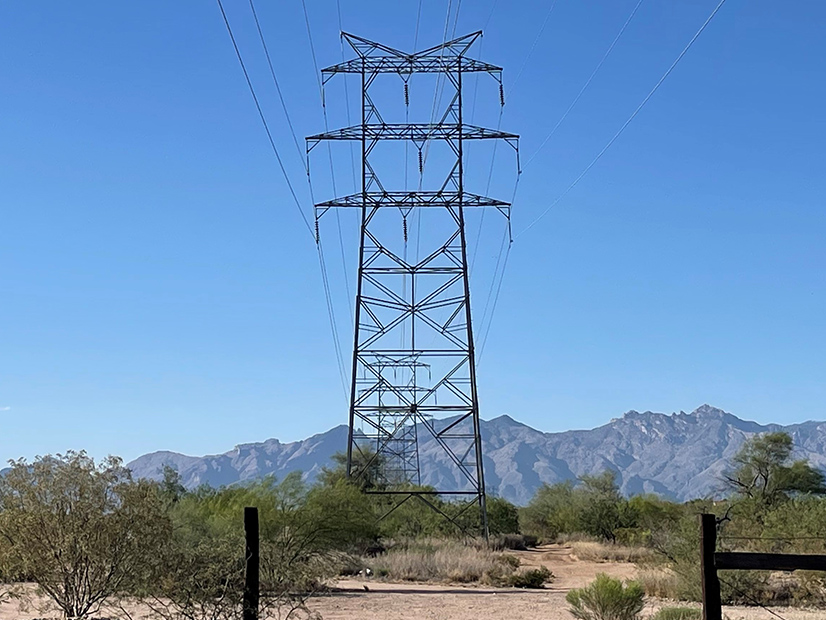
California Gov. Gavin Newsom (D) has signed a bill that proponents say will speed the deployment of grid-enhancing technologies — techniques that can rapidly boost grid capacity and increase the use of renewable resources.
Senate Bill 1006 was signed into law Sept. 25. It will require utilities to study the feasibility of using advanced reconductoring and other grid-enhancing technologies (GETs) and submit reports to CAISO, which will review the findings as part of its annual transmission planning.
A second bill related to GETs is awaiting the governor’s signature. Assembly Bill 2779, by Assemblymember Cottie Petrie-Norris (D), would require CAISO to report any new use of GETs that it deems reasonable, along with the cost savings and efficiency of that technology, when it approves a transmission plan.
The report would go to the California Public Utilities Commission (CPUC) and committees in the state Assembly and Senate.
Newsom’s deadline to sign or veto bills is Sept. 30. If the governor takes no action on a bill passed by the legislature, it becomes law without his signature.
SB 1006, by Sen. Steve Padilla (D), notes that California must “rapidly and cost-effectively” increase transmission capacity to meet its decarbonization goals.
While new transmission lines “will absolutely be necessary,” GETs are a way to increase capacity at a fraction of the cost of new lines, Padilla said in a release when he introduced the bill.
“Grid-enhancing technologies can be installed in months and often pay for themselves within a year based on access to lower-cost generation alone,” Julia Selker, executive director of the WATT Coalition, said in a letter urging Newsom to sign the bill.
GETs listed in SB 1006 include dynamic line ratings, advanced power flow control and topology optimization, as well as advanced reconductoring.
Under SB 1006, transmission utilities will have two reports due Jan. 1, 2026. The first will look at the feasibility of using GETs to achieve one or more of the following goals:
-
- Increase transmission capacity.
- Reduce transmission system congestion.
- Reduce curtailment of renewable and zero-carbon resources.
- Increase reliability.
- Reduce the risk of igniting wildfire.
- Increase capacity to connect new renewable energy and zero-carbon resources.
- Increase flexibility to reduce risks surrounding technology and permitting uncertainties in statewide electrical system planning and improve optionality for load-serving entities.
The second study will evaluate which of a utility’s transmission lines could be reconductored to achieve goals similar to those outlined for the first study, with two additions: reducing line losses and increasing the ability to quickly energize new customers or serve increased customer load.
Utilities will repeat the first study every two years and the second study every four years.
Supporters of SB 1006 and AB 2779 include Advanced Energy United.
The bills “will unlock the potential of these revolutionary grid technologies, enabling us to meet rising power demands while minimizing rate impacts so we can keep the lights on without spending an arm and a leg,” Edson Perez, Advanced Energy United’s California policy lead, said in a statement in August.
Another bill related to GETs, AB 3246 by Assemblymember Eduardo Garcia (D), died in committee last month. The bill would have streamlined the approval process for advanced reconductoring of existing power lines.
GETs also are called out in a $10 billion climate-resilience bond measure that California voters will decide in November. (See Calif. Lawmakers Send $10B Climate Bond Measure to Nov. Ballot.)
SB 867, which sent the bond measure to voters, includes $325 million for clean-energy transmission projects, with preference potentially given to projects that provide multiple benefits, such as reconductoring and other GETs.